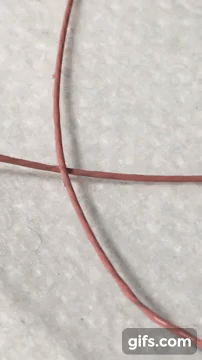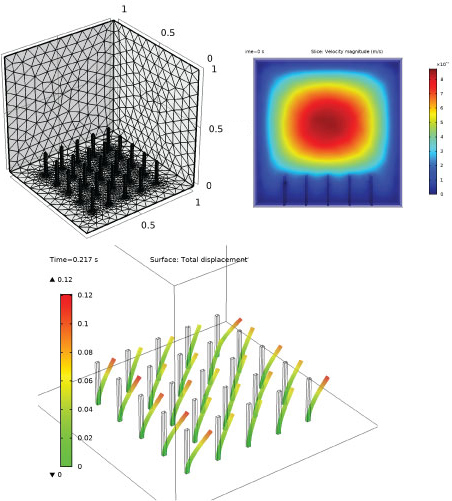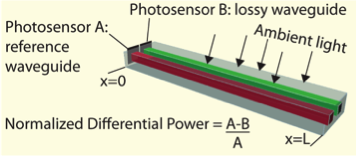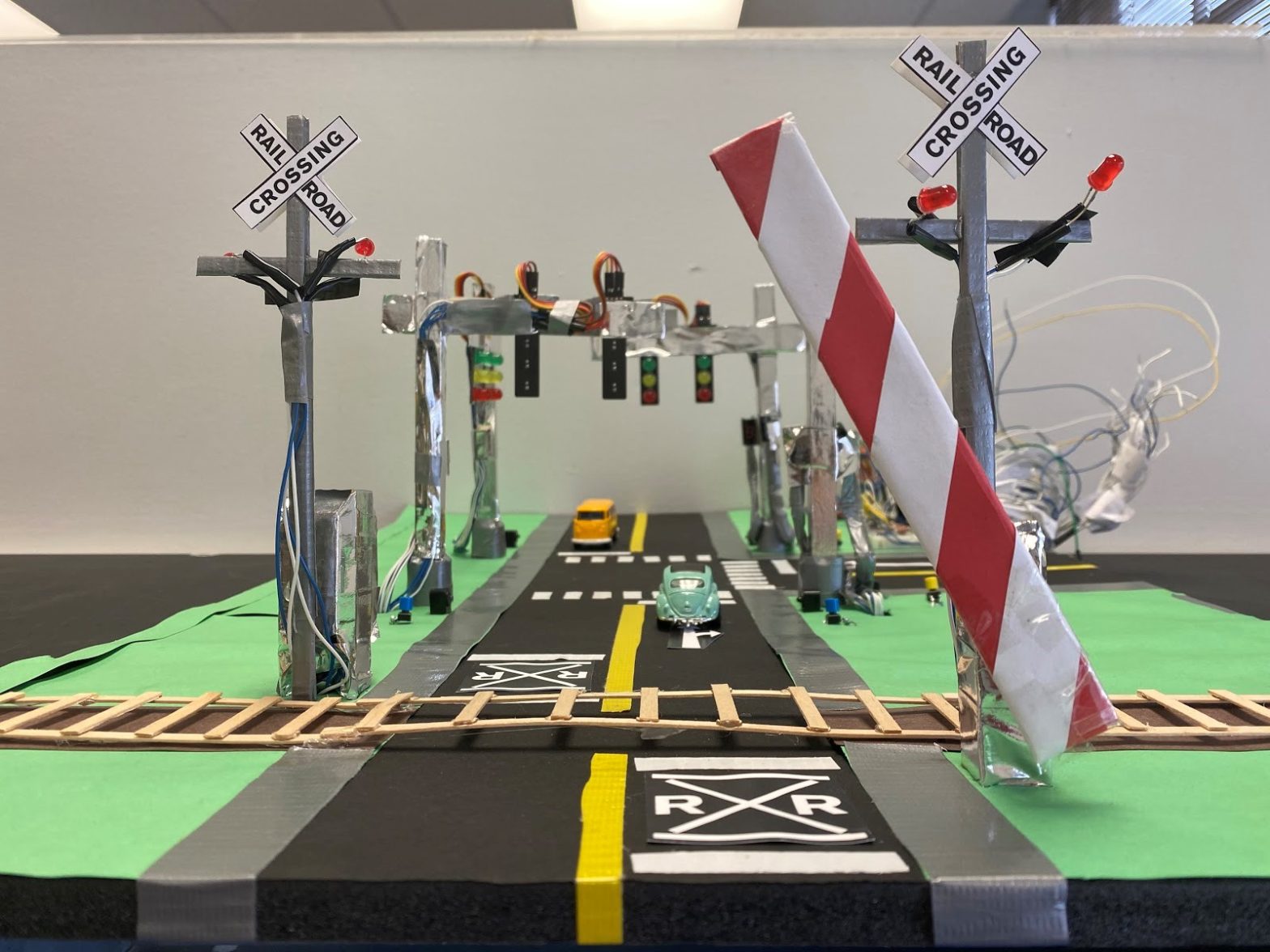
We went remote halfway through the project-based Embedded Systems course. It was our first time sending out kits and having students complete the work from different cities and states. It probably won’t be the last. One troubleshooting technique was hard to replicate: swapping in a known-good part in a system that’s not working. Software problems were easier to diagnose, except when they originated from interactions between the operating system and different installed applications, because by the fourth year no two students had the same setup. Stick to debugging student-written and student-modified code for better results. We decided not to do a team final project, but rather an individual code-based project. The final project did not carry the weight it normally did, but it still had the theme of connecting low-level machine code (the topic of this course) to the Arduino system that students worked with their first year. At the end of the spring final project, students customized some output from their boards and pasted it to a massively shared spreadsheet, illustrating how serial output from microcontrollers can drive graphical displays in sensor projects and other physical computing platforms. The result was pretty colorful.





